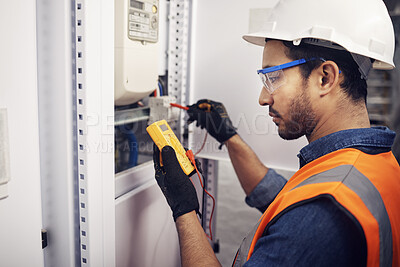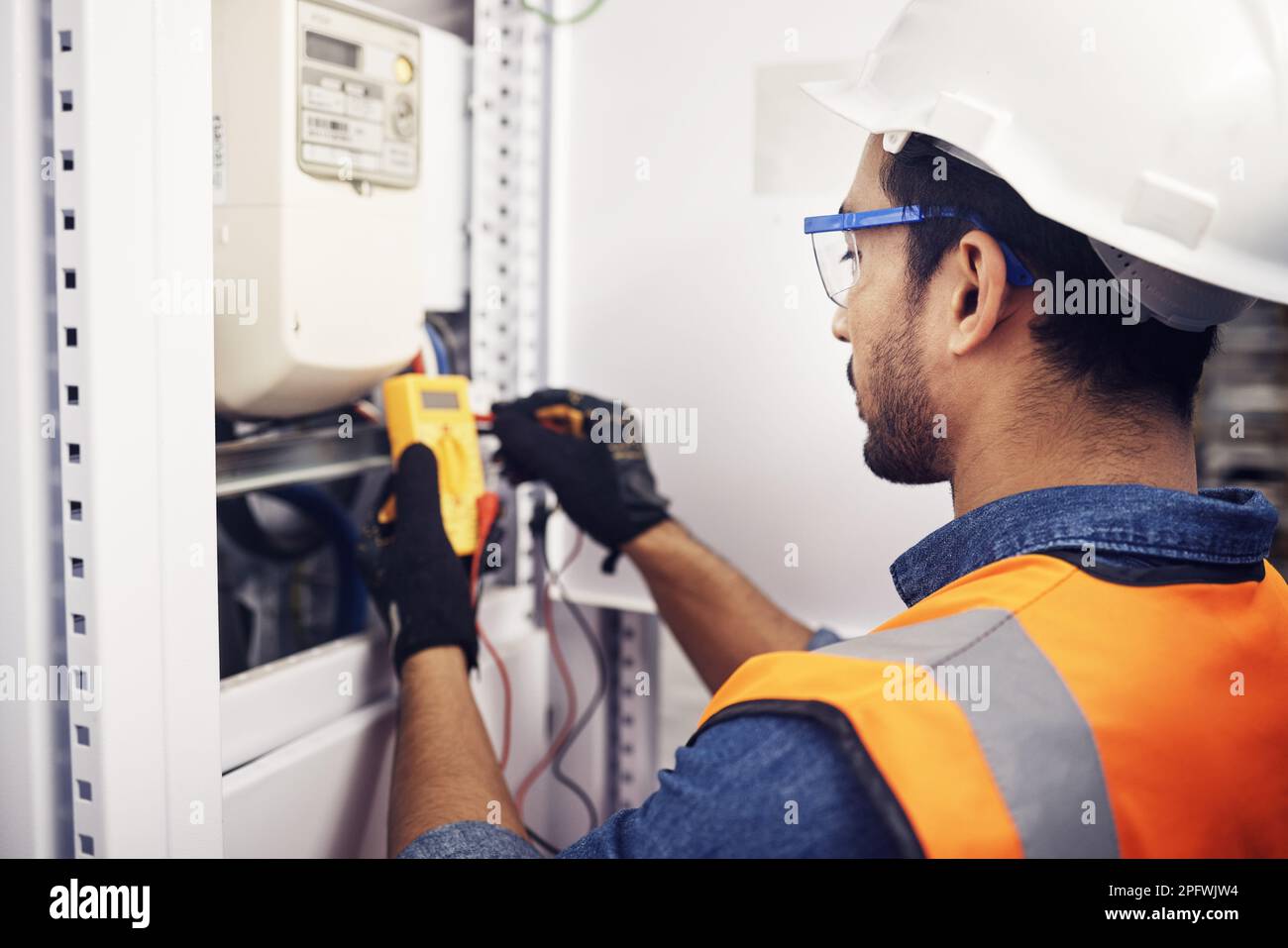Reclaim comfort + cut waste with help from energy testing
Reclaim comfort + cut waste with help from energy testing
Blog Article
The Function of Power Testing in Attaining an Airtight Service for Your Building
Power testing is crucial for residential property owners seeking to produce an airtight atmosphere. It recognizes air leaks and inefficiencies that can endanger energy performance. Usual wrongdoers consist of voids around doors and home windows. Using methods like blower door examinations and thermal imaging, homeowners can get understandings right into their property's vulnerabilities (energy testing north carolina). Understanding these findings is crucial. What actions should be taken as soon as air leakages are recognized? The responses hold the key to improved convenience and financial savings
Understanding Energy Screening and Its Relevance
Energy testing plays an essential function in reviewing the airtightness of structures and structures. By gauging air leak, this approach provides critical understandings right into a residential property's power performance, thermal convenience, and overall performance. Airtight structures reduce power usage, making certain that home heating and air conditioning systems operate efficiently. This testing procedure normally involves strategies such as blower door tests, which create a regulated atmosphere to identify unintended air pathways.Understanding the significance of energy testing expands past compliance with building ordinance; it fosters a proactive technique to sustainability. Determining air leaks early can lead to prompt removal, ultimately boosting interior air high quality and decreasing utility costs. Additionally, power testing contributes to the longevity of building products by reducing moisture build-up and associated damages. As recognition of ecological impact increases, energy screening ends up being a crucial tool for house owners and building contractors aiming for high-performance buildings.
Usual Sources of Air Leaks in Properties
Determining typical sources of air leakages is important for improving a building's energy performance. These leaks often happen in various areas of a structure, significantly influencing heating and cooling costs. Usual offenders consist of gaps around doors and home windows, where seals may degrade over time. Furthermore, electric outlets and buttons can create pathways for air exchange otherwise properly insulated. Cellars and attics are additionally frequent sources, especially where walls fulfill the structure or the roof covering. Various other prospective leak factors consist of plumbing penetrations, venting systems, and the locations surrounding chimneys. Moreover, older buildings might experience degraded building materials, enhancing vulnerability to air seepage. By recognizing these typical resources, residential or commercial property owners can take proactive steps to seal leaks, thus enhancing total energy efficiency and comfort within their spaces. Dealing with these issues is a crucial component of establishing a closed service for any residential property.
Techniques of Energy Testing: Blower Door and Thermal Imaging
Efficient power screening methods, such as blower door tests and thermal imaging, play a crucial role in diagnosing air leakages within a home. The blower door examination entails depressurizing a structure or pressurizing to measure airflow and recognize leakages. An adjusted fan is installed in an outside entrance, and the resulting pressure difference highlights locations of unwanted air infiltration. This method quantifies the total airtightness of the structure.Thermal imaging matches blower door tests by aesthetically spotting temperature variants on surfaces, disclosing concealed air leakages. Infrared video cameras capture warmth loss or gain, enabling precise identification of problem areas, such as inadequately protected walls or voids around windows and doors. air tight solutions. With each other, these methods give a thorough analysis of a property's power efficiency, allowing residential property owners to resolve air leaks properly and improve total efficiency
Advantages of Identifying Air Leaks
Identifying air leakages provides considerable benefits for energy effectiveness and interior comfort. By securing these leaks, buildings can minimize energy intake, resulting in reduced energy bills and a reduced carbon footprint. Additionally, enhanced airtightness contributes to a much more steady interior setting, improving total comfort for residents.
Power Efficiency Improvements
Detecting air leaks is crucial for improving energy effectiveness in buildings. Determining these leakages allows home proprietors to attend to locations where conditioned air runs away or unconditioned air enters, causing substantial power financial savings. By securing fractures and spaces, buildings can keep a constant temperature, minimizing the demand on heating and cooling systems. This not just decreases power expenses however additionally reduces the environmental impact related to enhanced power usage. Furthermore, energy efficiency enhancements add to a building's overall sustainability, making it a more attractive option for eco-conscious buyers see page or tenants. Ultimately, focusing on air leakage detection and remediation aids optimize energy use, promotes accountable resource management, and sustains long-term financial benefits for building proprietors.

Improved Indoor Convenience
Resolving air leaks not just brings about power savings but additionally significantly enhances indoor convenience. When air leakages are efficiently identified and sealed, temperature guideline within a residential or commercial property ends up being much more reliable. This causes regular interior temperature levels, eliminating chilly drafts in wintertime and warm areas in summertime. Boosted insulation also lowers sound air pollution from outdoors, developing a quieter and even more serene living environment. Additionally, boosted air quality is attained by decreasing the seepage of outside contaminants, allergens, and humidity, adding to the overall health of owners. Home owners experience an even more enjoyable atmosphere, promoting leisure and performance. Eventually, remedying and acknowledging air leaks is necessary for accomplishing More Help ideal indoor comfort throughout the year.
How Energy Screening Enhances Comfort and Indoor Air Quality
Power testing plays an essential role in enhancing temperature level policy within interior areas, guaranteeing a constant and comfy atmosphere. By identifying and securing air leaks, it additionally significantly minimizes the infiltration of toxins, thus boosting indoor air quality. This double impact promotes total well-being for owners.
Improved Temperature Level Regulation
Efficient temperature level law considerably adds to both comfort and indoor air top quality, making it a vital focus for contemporary structure layout. Power testing plays a vital role in accomplishing this guideline by recognizing areas where warmth loss or gain takes place, permitting targeted enhancements. By making sure an impermeable building envelope, power screening aids keep constant interior temperatures, decreasing the requirement for extreme home heating or cooling. This stability improves passenger convenience, as variations in temperature level can bring about pain and dissatisfaction. Additionally, effective temperature level control can improve indoor air quality by decreasing the risk of condensation and mold growth, which flourish in unequal temperature conditions. Energy screening is crucial for optimizing temperature management in industrial and residential residential properties. Industrial Reduced Pollutant Seepage
While numerous factors add to indoor air top quality, minimized pollutant seepage attracts attention as an essential facet that energy screening can greatly boost. Energy screening determines air leaks and weak points in a building's envelope, which might allow outdoor pollutants, allergens, and moisture to enter interior spaces. By sealing these leakages, residential or commercial properties can properly limit air-borne contaminants, leading to a healthier atmosphere. Enhanced airtightness not only boosts comfort but also decreases the concern on home heating and cooling systems, leading to energy savings. Furthermore, lowered contaminant seepage promotes better general health for occupants, as cleaner air promotes breathing wellness and decreases allergic reaction signs. Energy screening plays a crucial role in producing both a health-conscious and energy-efficient living room.
The Financial Impact of Energy Testing on Energy Expenses

Steps to Take After Energy Testing Results
When energy testing outcomes remain in, homeowners should thoroughly examine the searchings for to identify the most efficient path forward. The initial step includes determining the areas that require improvement, such as air leakages or insulation deficiencies. Property owners ought to then prioritize repair work based on the seriousness of the issues and their potential effect on power efficiency.Next, it is suggested to speak with professionals who specialize in energy effectiveness to devise a comprehensive action plan. This may consist of services like securing gaps, including insulation, or upgrading home windows and doors.After applying the needed modifications, a follow-up energy test can determine the performance of the get more repair services. Constant monitoring is also necessary to assure that the residential or commercial property keeps its closed status in time. By following these actions, property owners can significantly boost their building's power efficiency, causing decreased energy bills and improved convenience.
Regularly Asked Questions
Just how Typically Should I Conduct Power Checking on My Home?
The regularity of energy screening must usually be every few years, or following significant renovations. Regular assessments aid determine performance improvements and ensure that the home keeps perfect power efficiency over time, adapting to changing problems.
Is Energy Screening Necessary for New Constructions?
Power screening is crucial for new buildings, as it recognizes potential air leak and insulation concerns - energy testing taylors sc. Carrying out these examinations warranties energy efficiency, boosts interior convenience, and meets building regulations, eventually leading to long-term expense savings
Can I Carry Out Power Testing Myself?
Energy testing usually calls for customized devices and competence. While some home owners might try standard analyses, professional solutions assure exact outcomes and reliable identification of problems, eventually causing much better energy efficiency and comfort in living spaces.
What Is the Price of Specialist Power Testing Providers?
The expense of professional energy screening solutions generally ranges from $300 to $1,500, depending upon residential or commercial property area, intricacy, and dimension. Property owners should consider possible energy savings when assessing the investment in these solutions.
How Lengthy Do Energy Screening Results Normally Last?
Energy screening results usually stay legitimate for one to three years, depending upon factors like building alterations and environmental adjustments. Regular updates are suggested to assure accuracy and keep reliable power performance standards. Reliable power screening techniques, such as blower door examinations and thermal imaging, play an important duty in diagnosing air leaks within a property. Recognizing these leaks permits residential or commercial property owners to deal with areas where conditioned air escapes or unconditioned air goes into, leading to considerable power financial savings. Power screening identifies air leakages and weak factors in a building's envelope, which may enable exterior toxins, allergens, and wetness to get in interior rooms. As property owners increasingly look for to decrease their energy expenses, the function of power screening becomes essential in recognizing ineffectiveness and leaks. Home owners must then prioritize repair work based on the intensity of the concerns and their prospective effect on power efficiency.Next, it is suggested to seek advice from with experts that specialize in energy efficiency to design an extensive action plan.
Report this page